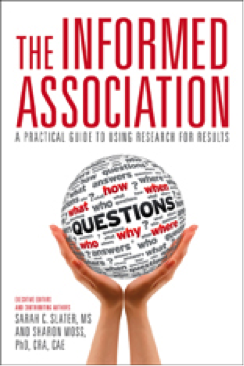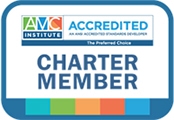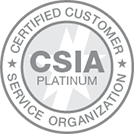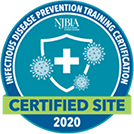Does your association truly know and understand its members’ desires and how they want to communicate? To run a successful association, it is imperative to know these key facts about your members to excel in membership growth and progress rates. However, often associations develop campaigns and provide services based on its mission without understanding what the membership — the life and blood of the organization — really wants to get out of it. A good way to understand membership, and the needs of the industry as a whole, is to conduct a market research campaign.
Market research is the process of gathering data and analyzing the information to interpret a reliable and more effective way to market your association to society. For an association, market research is a vital first step in increasing and retaining membership.
“Market research is not a ‘nice to have,’ initiative,” says Amanda Metes, former marketing expert of Red Chair Communications. “The practice of regular research is critical to developing effective marketing campaigns, defining executive board-level priorities, and developing your strategic direction for years to come.”
According to book, The Informed Association: A Practical Guide for Using Research for Results by Sarah Slater, MS, and Sharon Moss, PhD, CRA, CAE, member and customer studies fall into three major categories, satisfaction, needs assessment and specialized research.
Satisfaction studies determine whether your members feel if their needs and expectations are met (ie., are satisfied with what is offered and how they get it). From this study, an association can learn what members’ values are and the direction they would like to see the association move toward.
A needs assessment study will examine members’ needs and desires. This research can be very valuable in finding the gaps that may be keeping members from receiving what it is they need from this membership (ie., a clunky website, not enough communication or education etc.).
The specialized research study gathers any other additional information and feedback from members. Different research topics include evaluation and multiple-mode research.
While conducting surveys and focus groups can be part of a market research, there are also other tools out there. According to Moss and Slater, a data-gathering source includes internal databases, where you can merge basic information with retention information to understand and explore if certain groups are likely or unlikely to renew. You can also chart membership growth or decline by examining the changes that occurred during those fluctuations. Market research data can also be gathered by examining members’ Web presence through analytics, like social media followers and click rates. Lastly, a market research campaign may include looking at external data gathered from other associations and government agencies.
Implementing a market research campaign every few years demonstrates to members your association is taking the time and effort to serve its members best. “Conducting regular research with members and prospects helps us ensure we’re evolving the organization to meet changing needs,” says Metes. “The future of associations and nonprofits is unclear, but if your organization regularly surveys members and prospects, you’ll be tuned into their needs.”
Reference:

The Informed Association: A Practical Guide to Using Research for Results Sarah Slater, MS, and Sharon Moss, PhD, CRA, CAE
ISBN 978-0-88034-367-1 2013
188 pages




